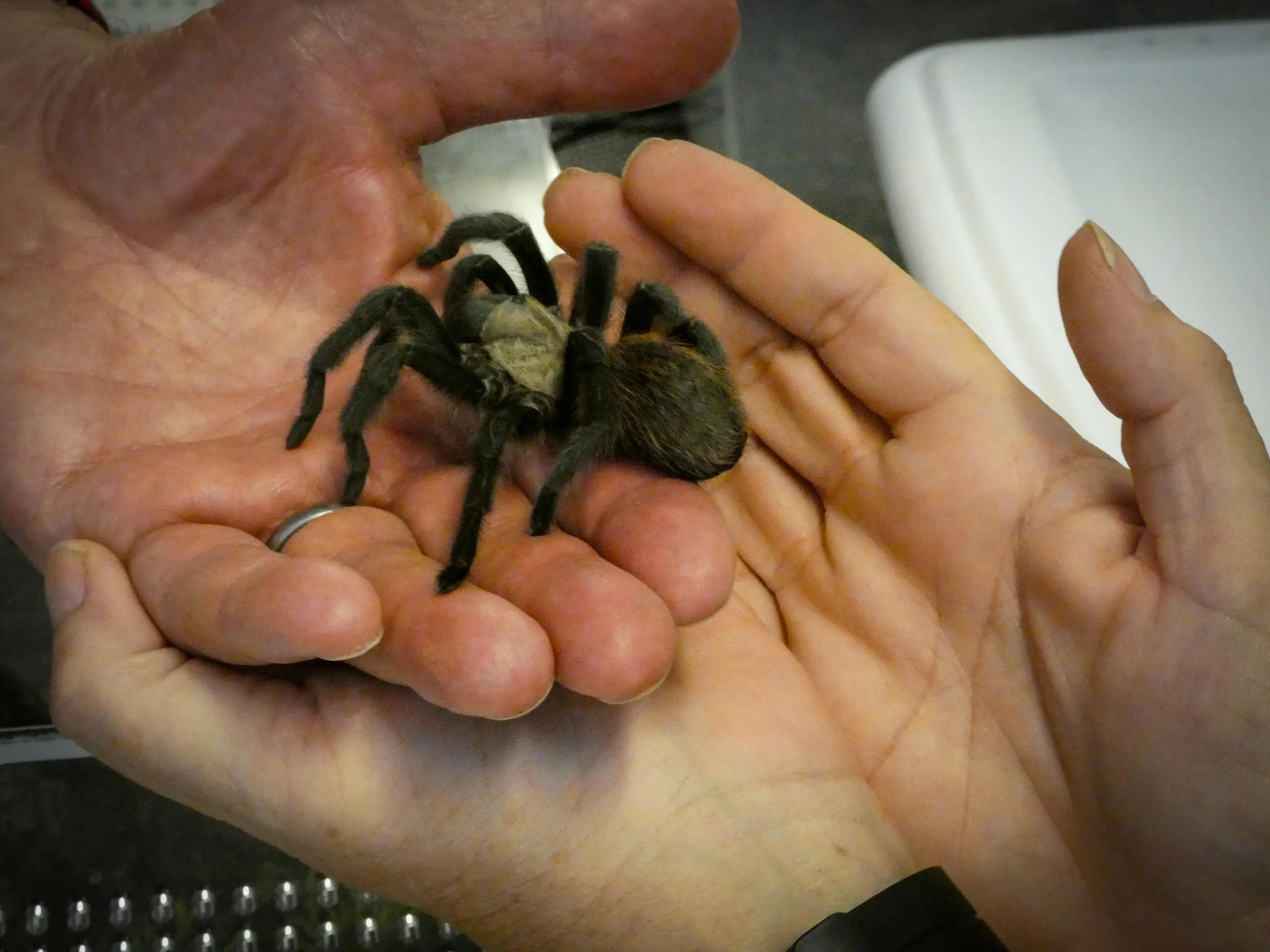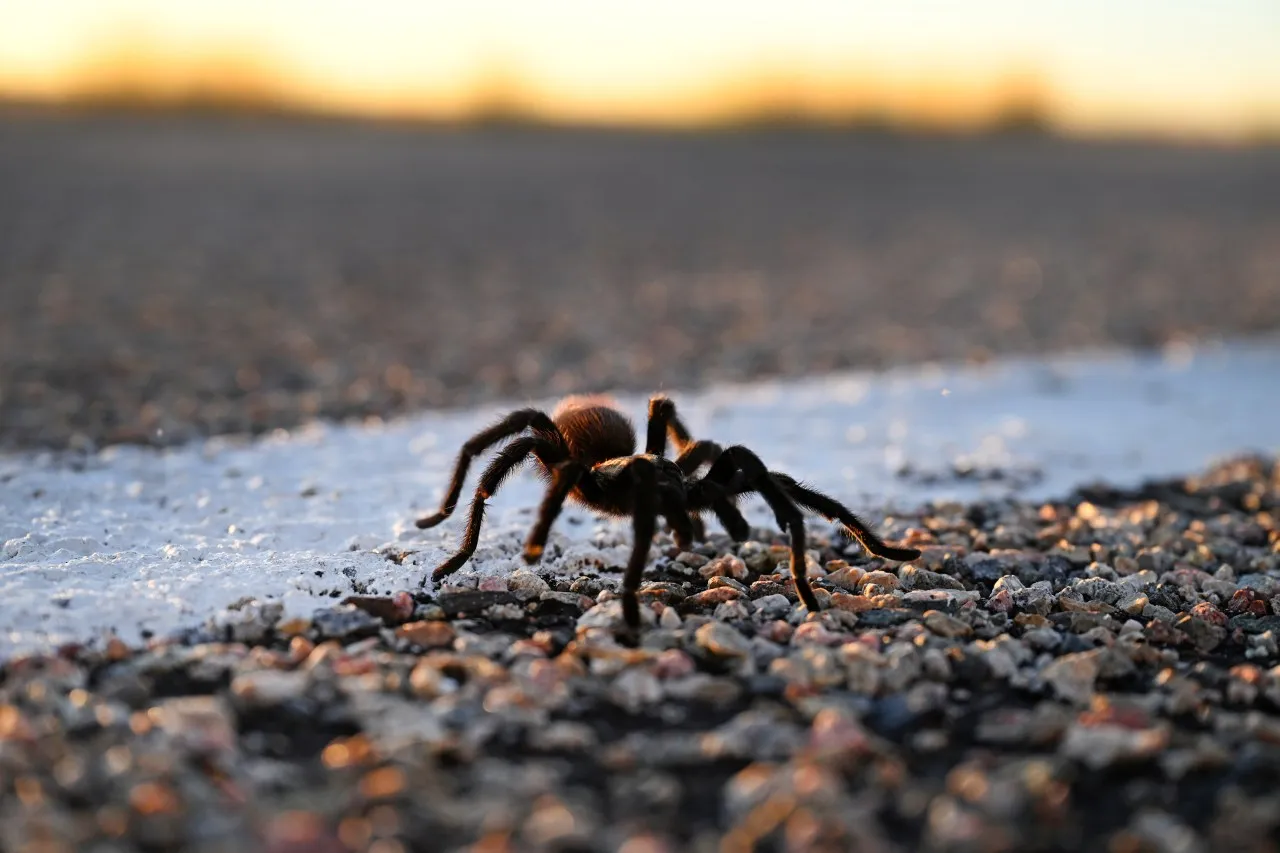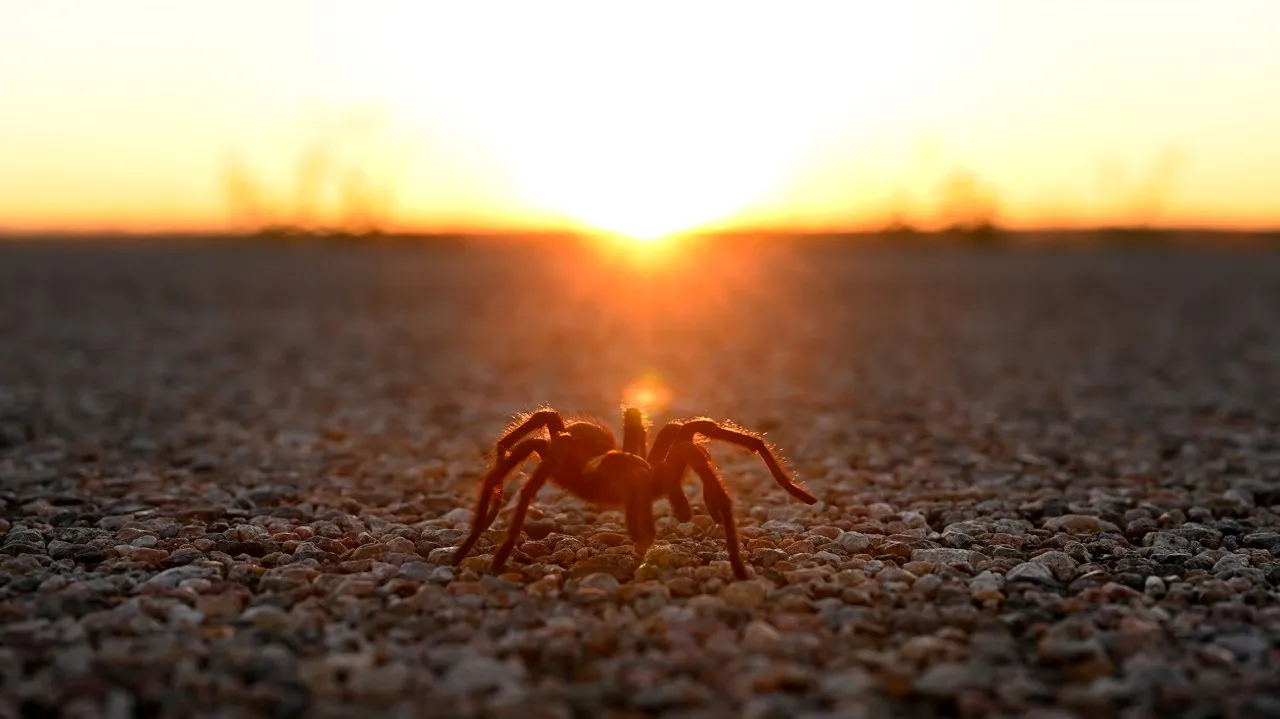What are Colorado Tarantulas
Colorado is home to the Oklahoma Brown tarantula (Aphonopelma hentzi), a fascinating arachnid that sparks both curiosity and, for some, a bit of apprehension. These large, hairy spiders are a part of the natural landscape in certain areas of the state, and understanding them is the first step in appreciating their role in the ecosystem. Unlike some other spider species, Colorado tarantulas are relatively docile and rarely bite unless provoked. They are not considered dangerous to humans, and their venom is similar in effect to a bee sting. Observing these creatures in their natural habitat is a unique experience, and knowing how to identify and interact with them respectfully can enhance your appreciation for Colorado’s diverse wildlife. Learning about their behavior and where to find them is key to a rewarding experience.
Understanding Tarantula Behavior
Tarantulas in Colorado, particularly the Oklahoma Brown, exhibit specific behaviors that are linked to their life cycle and environment. Primarily, these spiders are ground-dwelling creatures that create burrows or utilize existing shelters under rocks and logs. They are nocturnal hunters, meaning they are most active during the night, preying on insects and occasionally small vertebrates. Their behavior changes significantly during mating season. The males leave their burrows in search of females, often engaging in elaborate courtship rituals. This is when the famous tarantula migrations occur, making them more visible to humans. The females, after mating, will remain in their burrows, guarding their eggs. Understanding these behavioral patterns helps in predicting when and where you are most likely to spot these spiders.
Identifying Tarantulas in Colorado

Identifying a Colorado tarantula involves recognizing specific physical characteristics and understanding their habitat. While they may look intimidating, knowing how to differentiate them from other spiders can be helpful. The Oklahoma Brown tarantula is the most common species found in the state. They have a distinct appearance that can help in identification. Knowing their preferred habitat and the time of year they are most active are also vital clues for identification.
Physical Characteristics
The Oklahoma Brown tarantula is characterized by its large size, with body lengths ranging from 1.5 to 2.5 inches and a leg span that can reach up to 4 inches. They are covered in brown hairs, which can vary in shade, providing excellent camouflage in their natural habitat. They have eight legs, two pedipalps (used for sensing and manipulating prey), and two fangs. Their bodies are divided into two main parts cephalothorax and abdomen. These features, along with their size, make them easily distinguishable from smaller spider species commonly found in Colorado. When observing tarantulas, pay close attention to these physical features.
Habitat and Range of Colorado Tarantulas
Colorado tarantulas are typically found in the eastern and southern parts of the state, where the climate and terrain are suitable for their survival. They prefer open grasslands, prairies, and scrublands, where they can easily build or find burrows. The range extends through areas with well-drained soil, which is essential for burrow construction. These spiders are not commonly found at high altitudes or in heavily forested regions. Understanding their preferred habitat can significantly narrow down your search and increase the chances of spotting them. The presence of these spiders is often an indicator of a healthy ecosystem, making their conservation a valuable endeavor. The map shows the area where you can find these species.
When and Where to See Tarantulas in Colorado

The best time and place to spot Colorado tarantulas require some knowledge of their migration patterns and preferred habitats. During specific periods of the year, these spiders become more visible, making them easier to observe. Planning your trip around these factors can greatly enhance your chances of a successful tarantula viewing experience. Knowing the specific locations where they are most frequently seen is also helpful.
The Best Time to Spot Tarantulas
The prime time to spot tarantulas in Colorado is during their mating season, typically from late summer to early fall, usually from late August through October. During this period, adult male tarantulas leave their burrows in search of females. This migration often occurs during the late afternoon or early evening. The warm weather and humidity during this time of year create optimal conditions for their activity. Checking local weather forecasts can help you plan your visit accordingly, increasing your chances of observing these creatures. The peak of the migration is often during a specific week or two, so timing your visit can be critical.
Prime Locations for Tarantula Sightings
Several locations in Colorado are known hotspots for tarantula sightings. Areas with open grasslands and suitable terrain are the most likely places to find them. Popular spots include certain areas of the Comanche National Grassland, Pawnee National Grassland, and other areas in the eastern plains. It is essential to research specific trails and locations within these areas that are known for tarantula activity. Local ranger stations or visitor centers can provide valuable information about current sightings and the best places to visit. Remember always to respect the environment and wildlife.
Tips for Safe Tarantula Viewing

When observing tarantulas in their natural environment, it is crucial to prioritize your safety and the well-being of the spiders. While they are not typically aggressive, certain precautions should be taken to avoid potential harm. Following guidelines for maintaining a safe distance and knowing what to do if you encounter one can ensure a positive experience. Proper preparation and respect for these creatures will contribute to an enjoyable and safe wildlife viewing opportunity.
Maintaining a Safe Distance
Maintaining a safe distance from tarantulas is essential to prevent any unwanted interactions. It is recommended to keep a distance of at least several feet, allowing you to observe them without disturbing their behavior. Avoid any sudden movements or loud noises that might startle the spider. Use binoculars or a camera with a zoom lens to get a closer look without getting too close. This approach helps to minimize the risk of provoking the tarantula, ensuring a safer viewing experience. Remember, your safety and the well-being of the tarantula are equally important. Never attempt to handle or touch a tarantula.
What to do if You Encounter a Tarantula
If you encounter a tarantula, the best course of action is to observe it from a safe distance. Avoid any actions that might be perceived as a threat, such as sudden movements or attempts to touch the spider. If the tarantula is crossing a road, it is best to wait for it to pass. If it is in a potentially dangerous location (e.g., near a trail or road), you can carefully guide it away from harm using a long stick or other object, being cautious not to touch the spider directly. Do not attempt to capture or relocate a tarantula, as this can be harmful to both you and the spider. Always respect the wildlife and appreciate it from afar.
In conclusion, observing Colorado tarantulas can be a rewarding experience for those who are prepared and informed. By understanding their behavior, knowing where and when to find them, and taking the necessary safety precautions, you can enjoy a unique opportunity to witness these fascinating creatures in their natural habitat. Remember to always respect the wildlife and their environment. Happy viewing!
